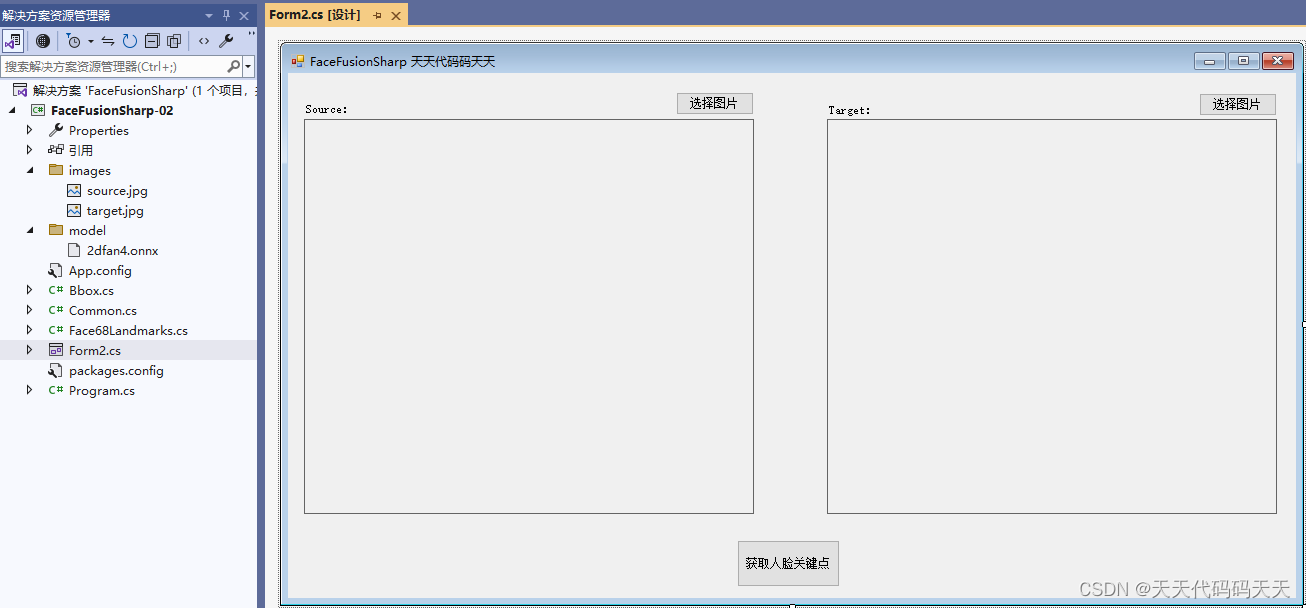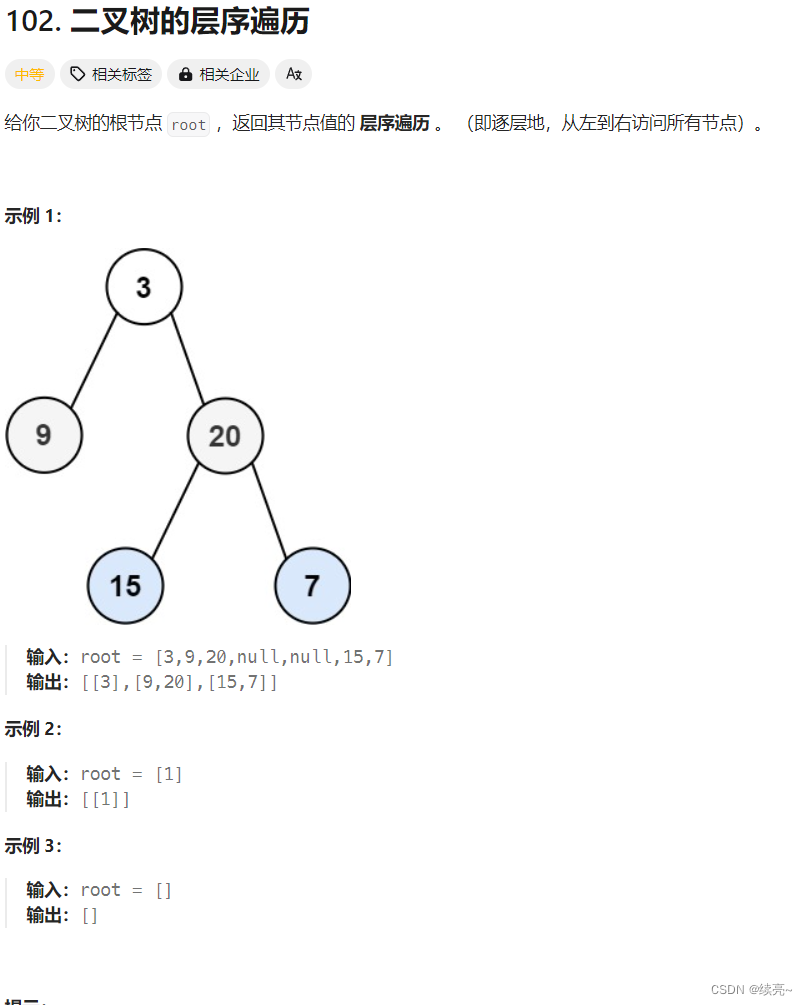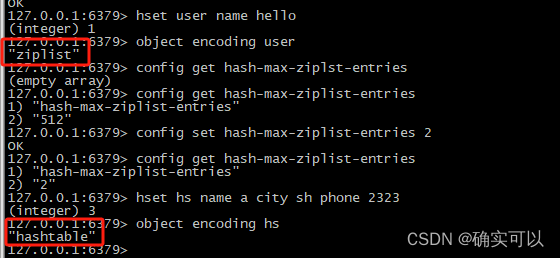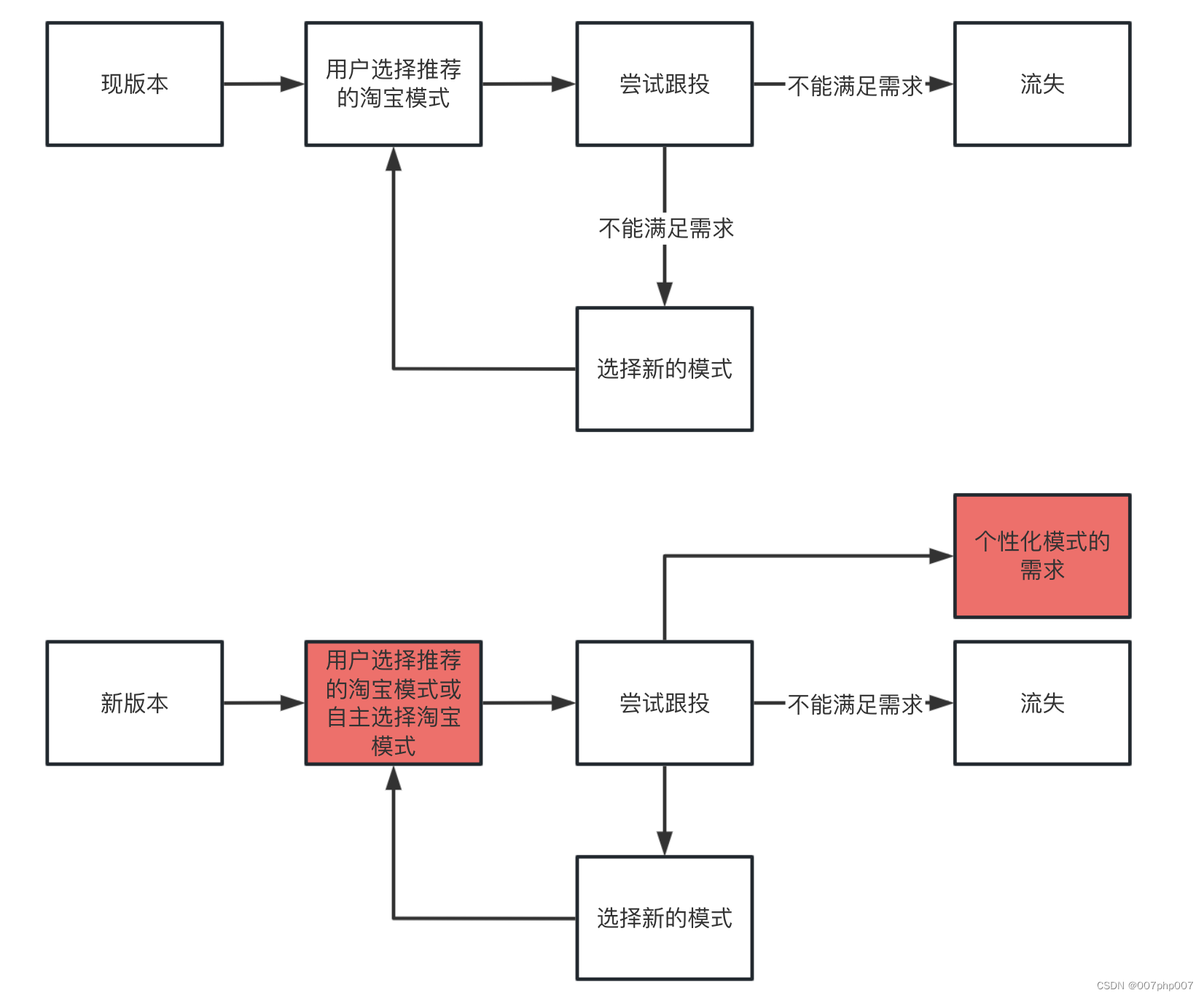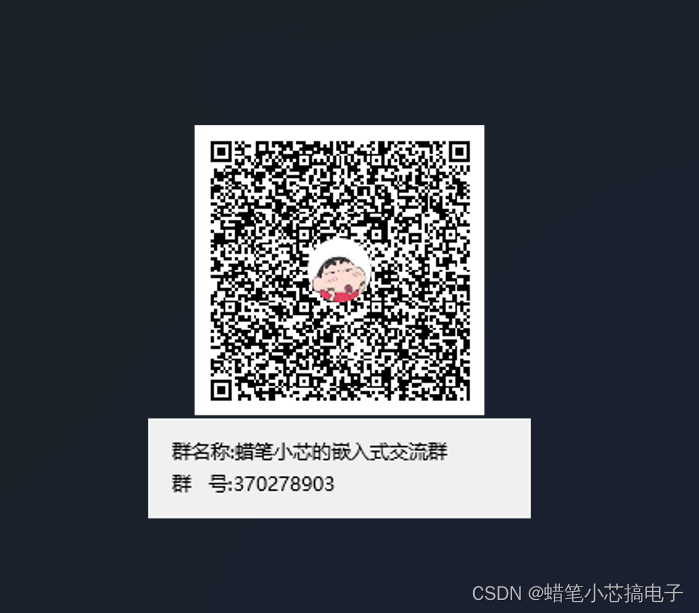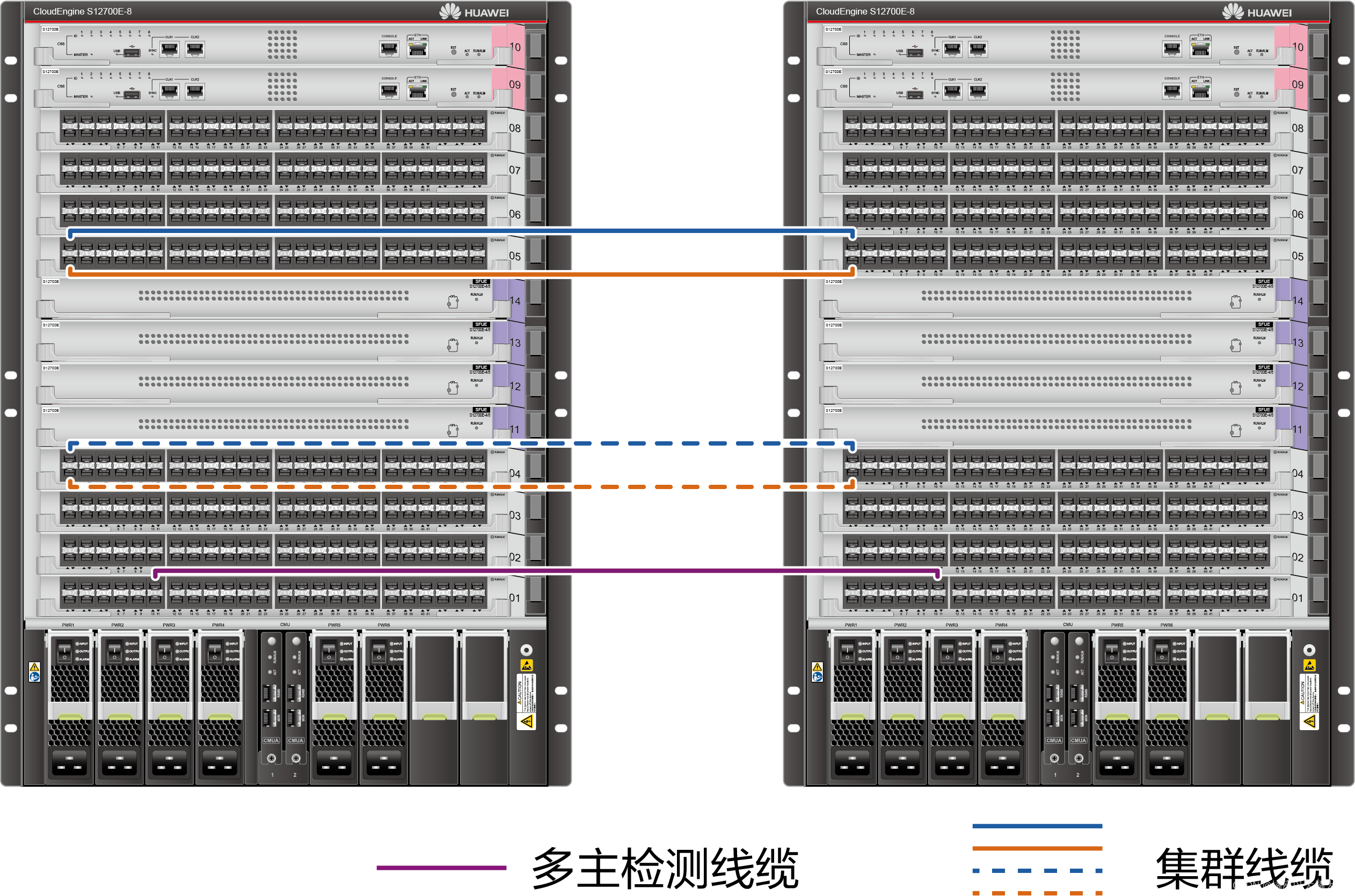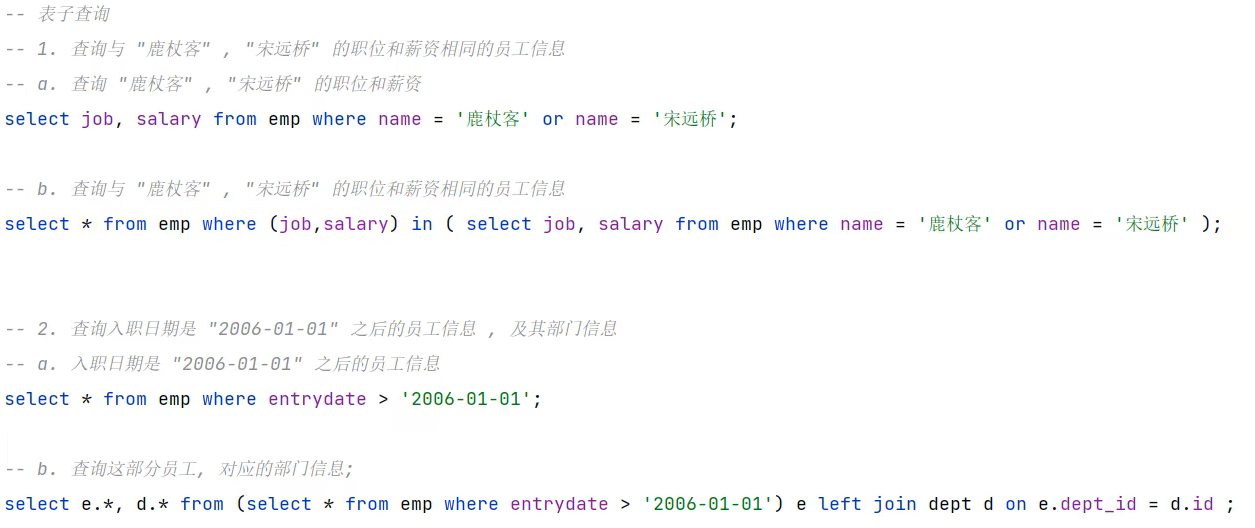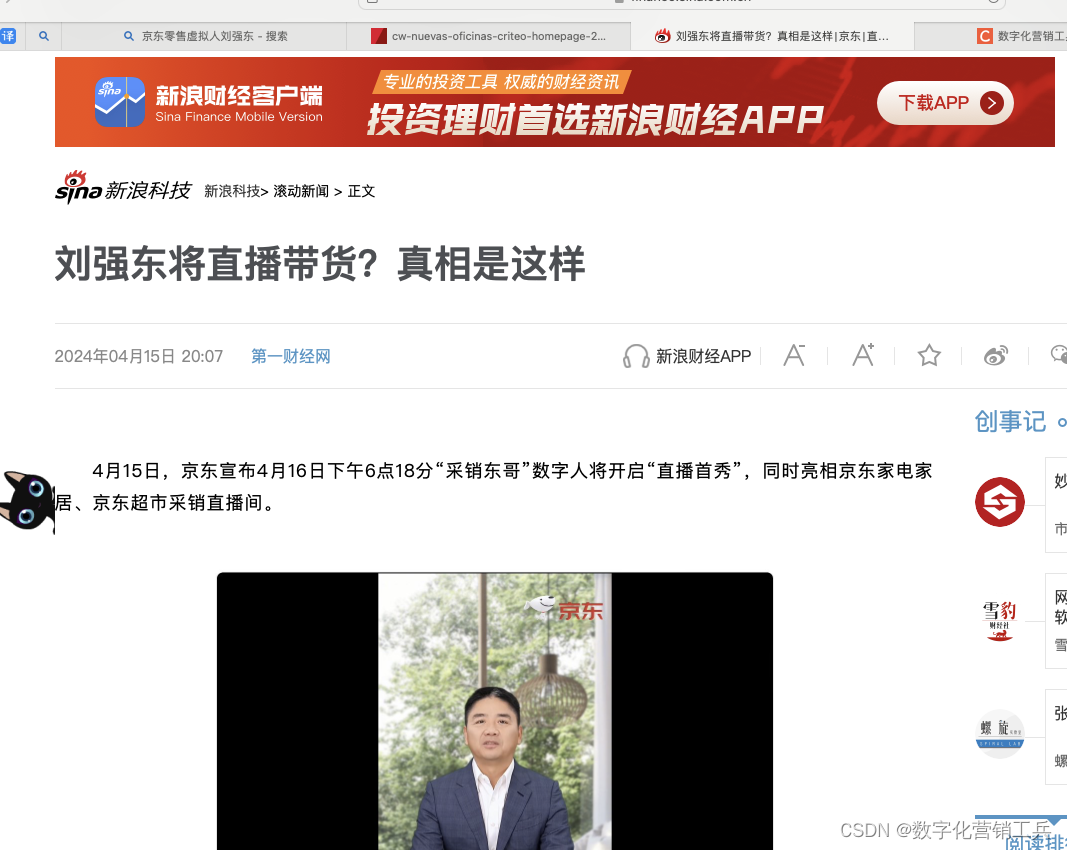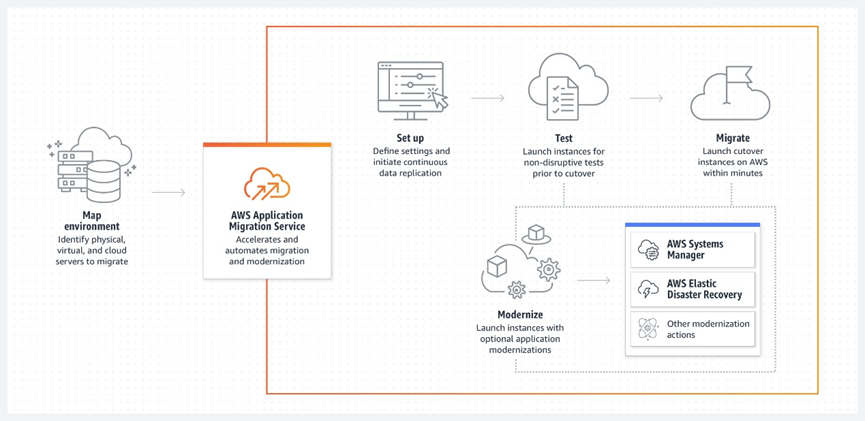一、简述
通常前端调用后端的API,调用到了,等待执行完,拿到返回的数据,进行渲染,流程就完事了。如果想要即时怎么办?如果你想问什么场景非要即时通讯,那可就很多了,比如在线聊天、实时数据推送、视频会议等等。
本人这里是要实现的流程是,Vue调用C#的API,然后API内新线程调用python执行任务,然后API就给前端返回执行开始的消息,Vue和API就结束了。但是python执行的是十分耗时的任务,需要不断的把中间节点的消息输出到前端,是这样子一个场景。
python把消息不能直接输出到前端,而是要返回给c#,这个通c#的Process接收消息,就可以获得到,然后就是c#如果把消息传递给前端的事情了,所以做了一下调研。
二、技术路线
一共有三种技术路线。
1、websocket
@Configuration
@EnableWebSocketMessageBroker
public class WebSocketConfig implements WebSocketMessageBrokerConfigurer {
@Override
public void configureMessageBroker(MessageBrokerRegistry config) {
config.enableSimpleBroker("/topic");
config.setApplicationDestinationPrefixes("/app");
}
@Override
public void registerStompEndpoints(StompEndpointRegistry registry) {
registry.addEndpoint("/progress").withSockJS();
}
}
@Controller
public class ProgressController {
@MessageMapping("/progress")
@SendTo("/topic/progress")
public ProgressMessage updateProgress(ProgressMessage progressMessage) {
// 这里可以是更新进度的逻辑
return progressMessage;
}
}
public class ProgressMessage {
private int progress;
// 省略构造函数、getter和setter
}vue参考代码
<template>
<div>
<progress :value="progressValue" max="100"></progress>
</div>
</template>
<script>
export default {
data() {
return {
progressValue: 0,
socket: null
};
},
created() {
this.socket = new SockJS('/progress');
let stompClient = Stomp.over(this.socket);
stompClient.connect({}, frame => {
stompClient.subscribe('/topic/progress', progressData => {
let progress = JSON.parse(progressData.body).progress;
this.progressValue = progress;
});
});
},
beforeDestroy() {
this.socket.close();
}
};
</script>2、长轮询
长轮询就特别简单,前端搞个定时器,不断的调用接口,这种方法适合不那么即时的,否则量大了,就是麻烦事。
@RestController
public class TaskController {
@GetMapping("/task/progress/{taskId}")
public int getProgress(@PathVariable String taskId) {
// 查询任务进度
int progress = taskService.getProgress(taskId);
return progress;
}
}vue参考代码
export default {
data() {
return {
progress: 0,
taskId: '123' // 替换为实际任务ID
};
},
mounted() {
this.getProgress();
},
methods: {
getProgress() {
this.$http.get(`/task/progress/${this.taskId}`)
.then(response => {
this.progress = response.data;
// 继续轮询
setTimeout(this.getProgress, 1000);
});
}
}
}3、Server-Sent Events(SSE)
SSE 维护一个开放的 HTTP/1.1 连接,SSE请求将保持打开状态,直到客户端或服务器决定结束它,并且只是将新信息简单地写入缓冲区。

C#API参考代码。
[HttpGet("{id}")]
public async Task PushMessage(int id)
{
Response.Headers["Content-Type"] = "text/event-stream";
Response.Headers["Cache-Control"] = "no-cache";
Response.Headers["Connection"] = "keep-alive";
Response.Headers["Access-Control-Allow-Origin"] = "*"; // 允许跨域
try
{
await Response.WriteAsync($"data: 服务器已经连接\r\r");
await Response.Body.FlushAsync();
await Task.Delay(1000);
}
catch (Exception ex)
{
System.Console.WriteLine("异常:"+ex.ToString());
}
finally
{
System.Console.WriteLine("客户端断开");
}
}vue参考代码
mounted() {
//后面跟的this.data.fid,是我需要的,如果不需要可以去掉,并修改c#的接口
this.source = new EventSource('http://你的接口地址/PushMessage/' + this.data.fid);
this.source.onmessage = (event) => {
if (event.data === '服务器已经连接')
{
this.connection = false
}
else
{
this.pythonLog += '<br/>'
this.pythonLog += event.data
}
// const data = JSON.parse(event.data);
// console.log(event.data)
// this.events.push({ id: Date.now(), data: data });
}
this.source.onerror = (error) => {
console.error('SSE error:', error)
}
},三、总结
1、小结
上面的websocket的代码是从别人哪里直接copy来的,没有进行测试。长轮询的代码也没有什么值得参考的。但是最后的SSE的代码片段是经过验证的,只不过C#端的API里面精简了。
总结来说,SSE更简单轻量,如果不需要维护太多状态,实时性还强,也不需要双向通讯,是比较好的选择。
如果需要双向通讯,必然是websocket。
如果是可以不那么频繁隔一段时间请求看看,成功失败都行的,长轮询就比较适合了。
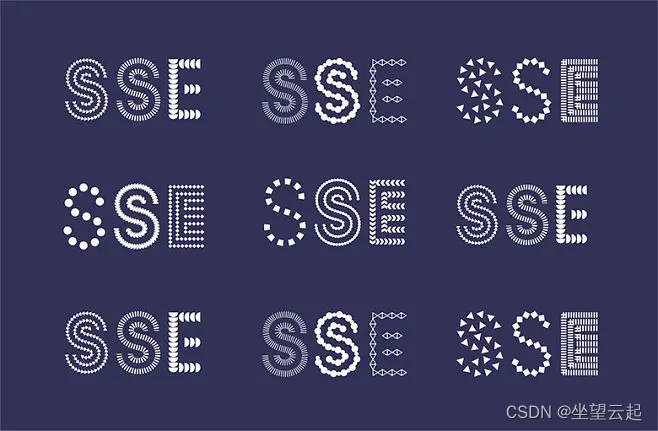
2、注意事项
大多数 Web 服务器都配置了请求超时。例如,Nginx默认proxy_read_timeout为60 秒。
另外根据服务器的不同,您可能需要配置各种缓存和缓冲机制。
不能无限制的使用,早期的浏览器的每个域的活动连接数限制为6个,现在的浏览器有所增加,但也不是无限制的。如果超出此限制,请求都将被停止,就会卡住(没有这方面的经验,ibm的网站说的)。另外csdn伤别人的说法是升级为HTTP2.0,需要域名和证书。

